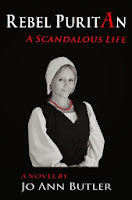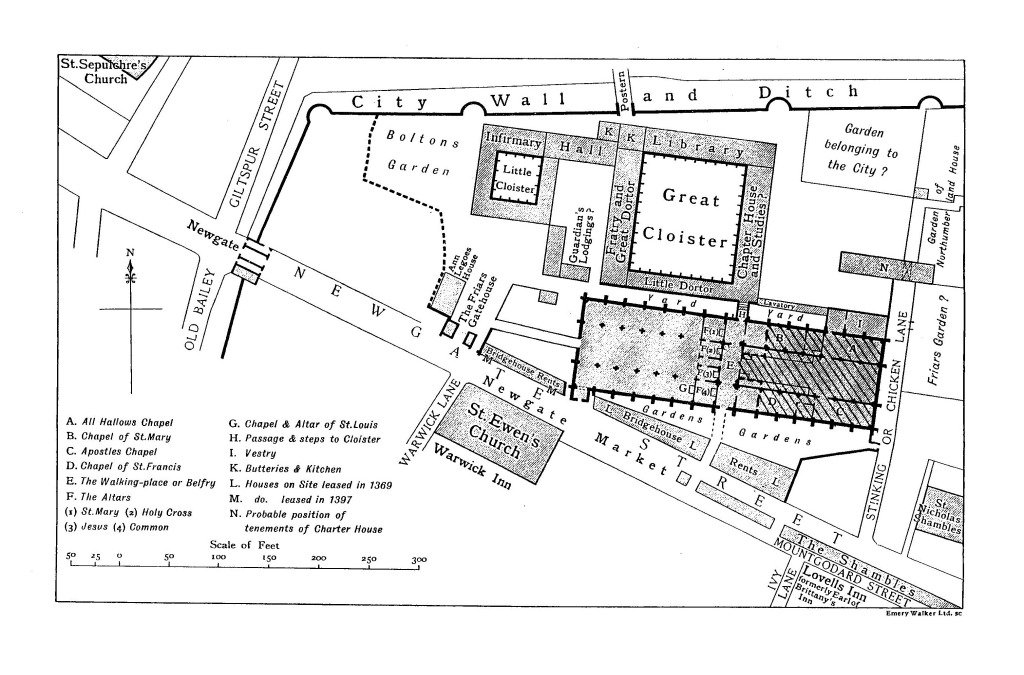Another in my
mini-series of ‘Lost Royal Palaces’ is
one which was a favourite home of King Charles I and his wife Queen Henrietta
Maria.
 |
| Oatlands Palace, an Artistic Impression |
 |
| Henry VIII |
The palaces at Oatlands and Nonsuch were needed to house his retinue of servants, courtiers, government ministers, plus visiting dignitaries and their staff in a place easily accessible to London via the River Thames.
Oatlands was built around three adjoining quadrangles with
courtyards, incorporating the original 15th century house at the
inner court, using stone from the Abbeys at Chertsey, Merton and Bisham, which fell into ruins after Henry VIII dissolved the monasteries. Brick
kilns were set up to produce rose red Tudor bricks and the palace eventually covered 14
acres and stood in a park of 538 acres, the result resembling Hampton Court.
Henry married Catherine Howard there on 28 July 1540, but although he
used it early in his reign, he rarely visited and it was
not even complete when he died in 1548.
Edward VI and Queen Mary stayed there in 1548 and Elizabeth I visited
many times during her reign and liked to hunt deer in the park.
Mary Tudor had assembled her entire court and
nursery staff in preparation for the child she was convinced she carried at Hampton Court. When she suddenly packed her retinue and retired to Oatlands, it was a signal that no child would be born.
James I bred
pheasants on the estate and planted mulberry trees and had a 'Silke-worme House' built in an
unsuccessful attempt to set up a silk industry in England. James I's wife Anne
of Denmark employed Inigo Jones to design an ornamental gateway from the Privy
Garden to the Park.
 |
| Charles I and Henrietta Maria |
In 1640,
Queen Henrietta Maria gave birth to her third son, Henry Duke of
Gloucester who, during his lifetime was often known as
Henry of Oatlands.
Charles I used Oatlands for his queen's residence, and employed John Tradescant the elder to design and manage the gardens. Charles was also imprisoned there by the army in 1647.
When Queen Henrietta was being pursued by
Parliamentarians, she gave birth at Bedford House in Exeter, but with soldiers
on their way to take the city, she fled to France, leaving the baby behind. She spent some of her first two years at Oatlands before she was smuggled to France by Lady Dalkeith in the summer of 1646 to join her mother. Henrietta Anne became Duchess of Orleans, sister-in-law of Louis XIV.
After Charles I's execution, the Commonwealth
Parliament sold several royal residences off to raise money for soldiers'
overdue pay. Oatlands was valued at
£4,023-18s-0d, and was bought by a Robert Turbridge who demolished
it to ground level and sold the recovered building materials.
Only a
restored 16th century brick carriage gateway with a tall four-centred archway
remains of the palace today. Excavations discovered the north-east triangular end of the palace
(surrounded by a moat), stables and what may have been a banqueting house.
The much
smaller house which remained was subsequently occupied and extended by Sir
Edward Herbert, the Lord Chief Justice, but was forfeited to the Crown when he
followed James II into exile. The property was awarded to his brother, Arthur
Herbert, 1st Earl of Torrington, who was later the admiral in command of the
English and Dutch Fleets at the Battle of Beachy Head. The house was again enlarged by the Duke of
Newcastle, Henry Clinton, who laid out formal gardens.
In 1790,
Oatlands was leased from the Crown by the Prince Frederick, Duke of York and
Albany the second son of George III. The composer Joseph Haydn recorded a
two-day visit in November 1791, as a guest of the Prince of Wales and the Duke of York, playing music for four hours each evening. He says:
The little castle, 18 miles from London, lies on a slope and commands the most glorious view. Among its many beauties is a most remarkable grotto which cost £25 000 sterling, and which was 11 years in the building. It is very large and contains many diversions, inter alia actual water that flows in from various sides, a beautiful English garden, various entrances and exits, besides a most charming bath.
In 1794 the
mansion was burnt down, then rebuilt in the Gothic style, but after the death of the Duchess of York in 1820, the whole property was sold. It
was bought by Edward Hughes in 1824, and remodelled in 1830. Hughes had tried to dispose of the estate by
public auction in 1829 but let the Mansion and adjoining parkland to Lord
Francis Egerton for the next fourteen years.
The arrival of the London and South Western
Railway in 1838 made the area more accessible to London, and in 1846, the
estate was broken up into lots and sold at public auction for development and went into private ownership by James Watts Peppercorne and became a hotel in
1856 known as the South Western Hotel, later changed to Oatlands Park Hotel as it is
today.
During World
War I, the hotel was used as a hospital for New Zealand troops injured in
France. Subsequently one of the main streets in Walton-on-Thames was renamed to
New Zealand Avenue in honour of these men.
 |
| Archway To The Stables |
Excavations
at Oatlands Palace
Excavations
began in 1968 and revealed that a moated manorial site existed
from the late 13th century, and acquired by Bartholemew Rede, a wealthy London
goldsmith, soon after 1478. He created a substantial brick-built courtyard
house, and extended it into a (mock) fortified manor, with towers at three
corners of a moated island, and a tower house at the fourth.
Oatlands was
primarily the Queen’s palace, with Hampton Court (the King’s palace) and Nonsuch (the Prince’s
palace).The demolition of 1650 left only a wall of the outer court standing. The contents of
a series of garderobes, containing material of the 1640s, were sealed by
demolition rubble, and form the most interesting of the finds from
the excavations.
In 1870-72, John Marius Wilson's Imperial Gazetteer of England and Wales described Oatlands thus:
OATLANDS PARK, a chapelry in Walton-on-Thames parish, Surrey; adjacent to the E side of Weybridge, to Weybridge r. station, and to the river Thames at thoboundary with Middlesex, 3 miles S E by E of Chertsey. It has a post-office under Weybridge Station, and a goodhotel. A stately palace was built here by Henry VIII.; stood in a splendid park; was inhabited, at times, by Elizabeth; became a favourite residence of Anne of Denmark; was the scene of a gorgeous entertainment by her, to the Venetian ambassador Busino; under went numerous additions by Inigo Jones; was the birthplace, in 1640, of " Henry of Oatlands, " Duke of Gloucester, and youngest son of Charles I. ...
In 1870-72, John Marius Wilson's Imperial Gazetteer of England and Wales described Oatlands thus:
OATLANDS PARK, a chapelry in Walton-on-Thames parish, Surrey; adjacent to the E side of Weybridge, to Weybridge r. station, and to the river Thames at thoboundary with Middlesex, 3 miles S E by E of Chertsey. It has a post-office under Weybridge Station, and a goodhotel. A stately palace was built here by Henry VIII.; stood in a splendid park; was inhabited, at times, by Elizabeth; became a favourite residence of Anne of Denmark; was the scene of a gorgeous entertainment by her, to the Venetian ambassador Busino; under went numerous additions by Inigo Jones; was the birthplace, in 1640, of " Henry of Oatlands, " Duke of Gloucester, and youngest son of Charles I. ...







.jpg)















